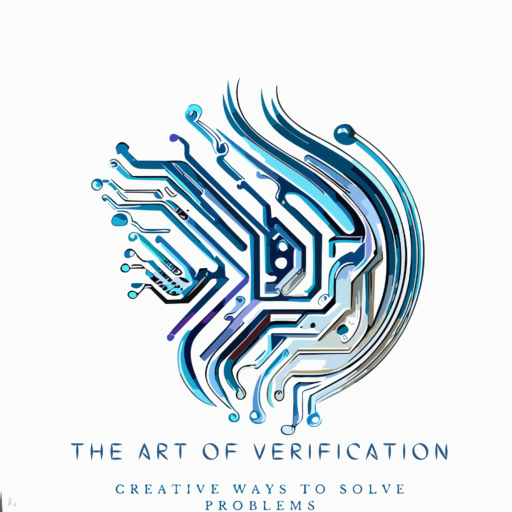Welcome to Our Tech Blog Series on Verification!
Greetings, fellow tech enthusiasts! We are thrilled to announce a new blog series that focuses on the captivating realm of hardware verification. In this series, we will explore a wide range of topics, such as SystemVerilog, Universal Verification Methodology (UVM), Assertions, Functional Coverage, and Verification Interview Questions. Let us delve into what you can anticipate from each of these sections.
SystemVerilog Blogs
SystemVerilog is not just a language, it’s a universe in itself. It’s a blend of various hardware description languages (HDL) like Verilog with hardware verification languages (HVL) such as Vera. It provides a robust platform for modelling, designing, and verifying complex digital systems. In this series, we’ll also explore the powerful verification features of the language.
We’ll discuss how to use constraints for randomization, how to create and use class-based data structures, and how to leverage the power of interfaces for modular design. We’ll also cover the use of SystemVerilog for assertion-based verification (ABV), which is a key aspect of modern verification methodologies.
UVM Blogs
UVM is the industry standard for verifying complex system-on-chip (SoC) designs. It’s a methodology that encapsulates years of verification expertise and best practices. This UVM series will start from fundamental concepts like UVM testbench architecture, UVM components, and phasing. Gradually, we’ll move towards more advanced topics like UVM sequences, transaction-level modelling, and UVM register modelling.
In this UVM section, we’ll delve into the details of how to use the UVM factory to create and configure UVM components. We’ll also cover the use of UVM callbacks for flexible testbench modification and the use of UVM’s configuration database to pass configuration information around the testbench.
Assertions Blogs
Assertions are the ‘watchdogs’ of the verification process. They continuously monitor the design to detect and report anomalies. This will introduce you to the two types of assertions – immediate and concurrent, and when to use each. We’ll also cover the different types of properties and how to use them to write effective assertions. Additionally, we’ll discuss assertion-based verification methodologies and how to integrate assertions into your UVM testbench.
We’ll also discuss how to write assertions to check for specific conditions in the design, and how to use assertions to catch and debug potential issues early in the verification process. We’ll also cover the use of formal verification tools in conjunction with assertions to prove the correctness of certain aspects of the design.
Functional Coverage Blogs
Functional Coverage is the measure of how much of the design’s functionality is exercised by the testbench. We will explain the importance of a well-planned coverage model and how it ties into the overall verification as per the testplan. We’ll discuss different types of coverage like code coverage, assertion coverage, and functional coverage. We’ll also delve into how to analyze coverage results and use them to guide the verification process.
Verification Interview Questions Blogs
In the Verification Interview Questions series, we’ll provide a comprehensive list of potential interview questions, along with detailed answers and explanations. We’ll cover questions on a wide range of topics, from digital design and verification basics to advanced topics in SystemVerilog and UVM. We’ll also provide tips on how to prepare for technical interviews and how to effectively communicate your knowledge and skills to potential employers. Additionally, we’ll share insights into the mindset of the interviewer and what they’re looking for in a candidate.
We’re excited to embark on this journey with you, and we hope that our blog series will be a valuable resource for you in your verification journey.
Stay tuned for our upcoming posts! Happy learning!

